I am Hymns of the New Temples
Fascinated by religious and cultural syncretism, Wael Shawky has imagined a grand fresco around the cult of Isis, a goddess of the Egyptian pantheon also celebrated in the Roman world.
The ancient city becomes the stage for an epic that goes back to the founding myths. Shot on location in the Temple of Isis, Giulia Felice's house, the Basilica, the Odeon and the Amphitheatre, the film tells the story of the priestess Io, who was condemned to flee to Egypt to escape the jealousy of Hera, who had turned her into a cow to take revenge on Zeus. From the realm of the Titans to that of the Olympian gods, the film combines Greek, Roman and Egyptian myths in an approach that is both poetic and marvelous. Drawing on the rich iconography of the Pompeii site (frescoes, mosaics, architecture, sculptures...), Wael Shawky designed the costumes, sets, props and fabulous ceramic masks inspired by Greek tragedy. In this way, the artist reveals the multiplicity of narratives and tangled cults that transform Io into Isis, recalling the perpetual change of viewpoints and narratives. A recurring theme in Wael Shawky's universe: in his epic renditions, the West and the East are mirrored, and cultural contours become porous, turning all divisions on their head.
The book presents all the sequences of Shawky's work for a sensitive and immersive reading. Thematic sections punctuate the book and reveal the film's creative process - the artist's sources of inspiration, preparatory drawings for masks and costumes, set models, making-of footage - offering the reader different levels of reading.
Three essays by Giuliana Bruno, Sébastien Delot and Andrea Viliani, translated into four languages, provide another perspective on Wael Shawky's work and bring the book to a close.
This journey into the fantastic and magical universe of one of the major figures on the contemporary scene echoes current questions of religious and cultural identity through a rereading of founding myths.
Wael Shawky
I am Hymns of the New Temples
Fascinated by religious and cultural syncretism, Wael Shawky has imagined a grand fresco around the cult of Isis, a goddess of the Egyptian pantheon also celebrated in the Roman world.
The ancient city becomes the stage for an epic that goes back to the founding myths. Shot on location in the Temple of Isis, Giulia Felice's house, the Basilica, the Odeon and the Amphitheatre, the film tells the story of the priestess Io, who was condemned to flee to Egypt to escape the jealousy of Hera, who had turned her into a cow to take revenge on Zeus. From the realm of the Titans to that of the Olympian gods, the film combines Greek, Roman and Egyptian myths in an approach that is both poetic and marvelous. Drawing on the rich iconography of the Pompeii site (frescoes, mosaics, architecture, sculptures...), Wael Shawky designed the costumes, sets, props and fabulous ceramic masks inspired by Greek tragedy. In this way, the artist reveals the multiplicity of narratives and tangled cults that transform Io into Isis, recalling the perpetual change of viewpoints and narratives. A recurring theme in Wael Shawky's universe: in his epic renditions, the West and the East are mirrored, and cultural contours become porous, turning all divisions on their head.
The book presents all the sequences of Shawky's work for a sensitive and immersive reading. Thematic sections punctuate the book and reveal the film's creative process - the artist's sources of inspiration, preparatory drawings for masks and costumes, set models, making-of footage - offering the reader different levels of reading.
Three essays by Giuliana Bruno, Sébastien Delot and Andrea Viliani, translated into four languages, provide another perspective on Wael Shawky's work and bring the book to a close.
This journey into the fantastic and magical universe of one of the major figures on the contemporary scene echoes current questions of religious and cultural identity through a rereading of founding myths.
Hardcover, 15 x 21 cm
452 pages
About 300 images from the film
I Am Hymns of the New Temples of Wael Shawky
About 100 works, drawings and documents
Textes
Film script (in English and Arabic)
Essays (in French, English, Italian, Arabic) by :
- Giuliana Bruno, Emmet Blakeney Gleason Professor of Visual and Environmental Studies at Harvard University, is internationally renowned for her interdisciplinary research on visual arts, architecture and media.
- Sébastien Delot, art historian, former curatorial director of the LaM, currently director of collections at the Musée Picasso, Paris.
- Curator of Pompeii Commitment. Archaeological Matters and Director of the Museum of Civilizations in Rome.
Link to the video bookflip



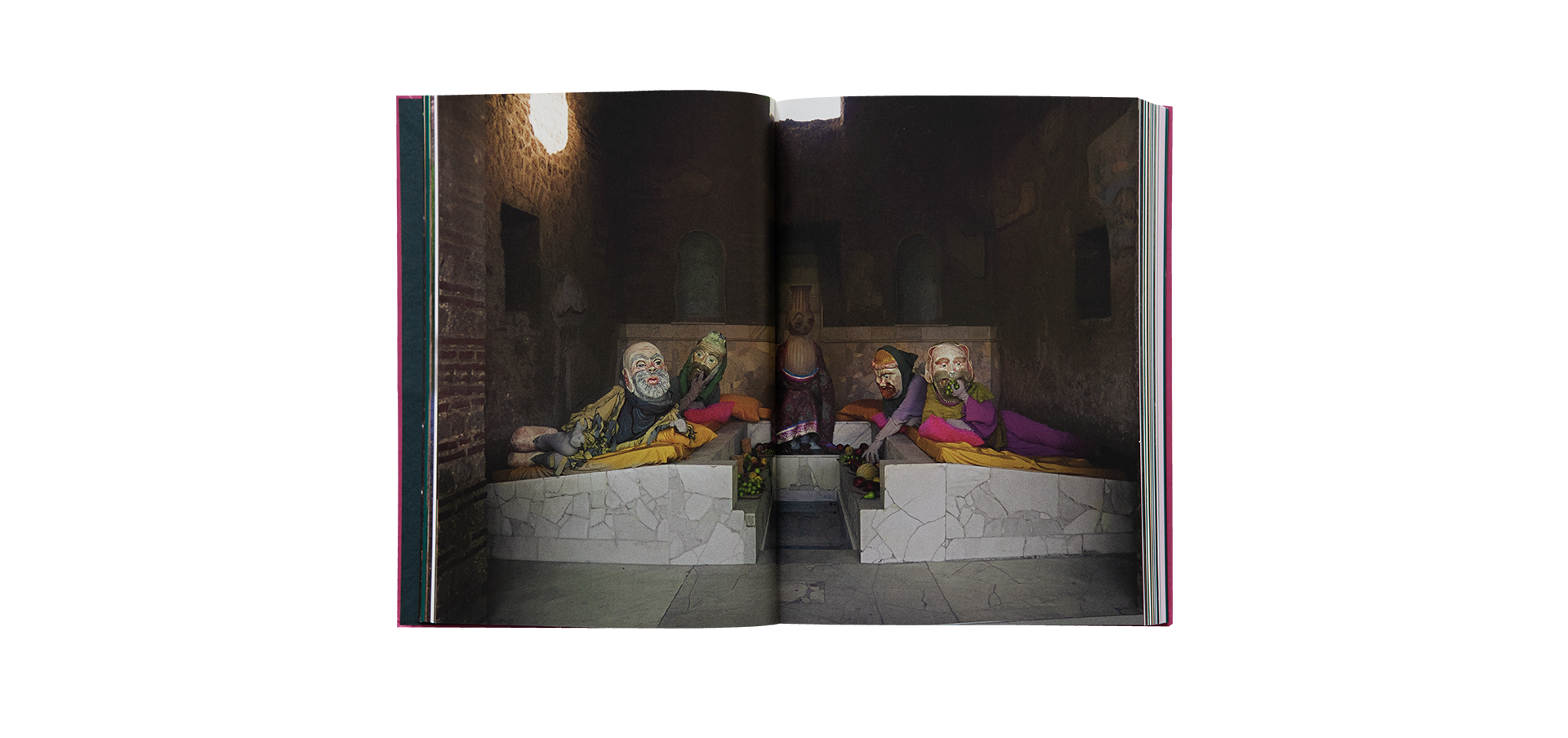
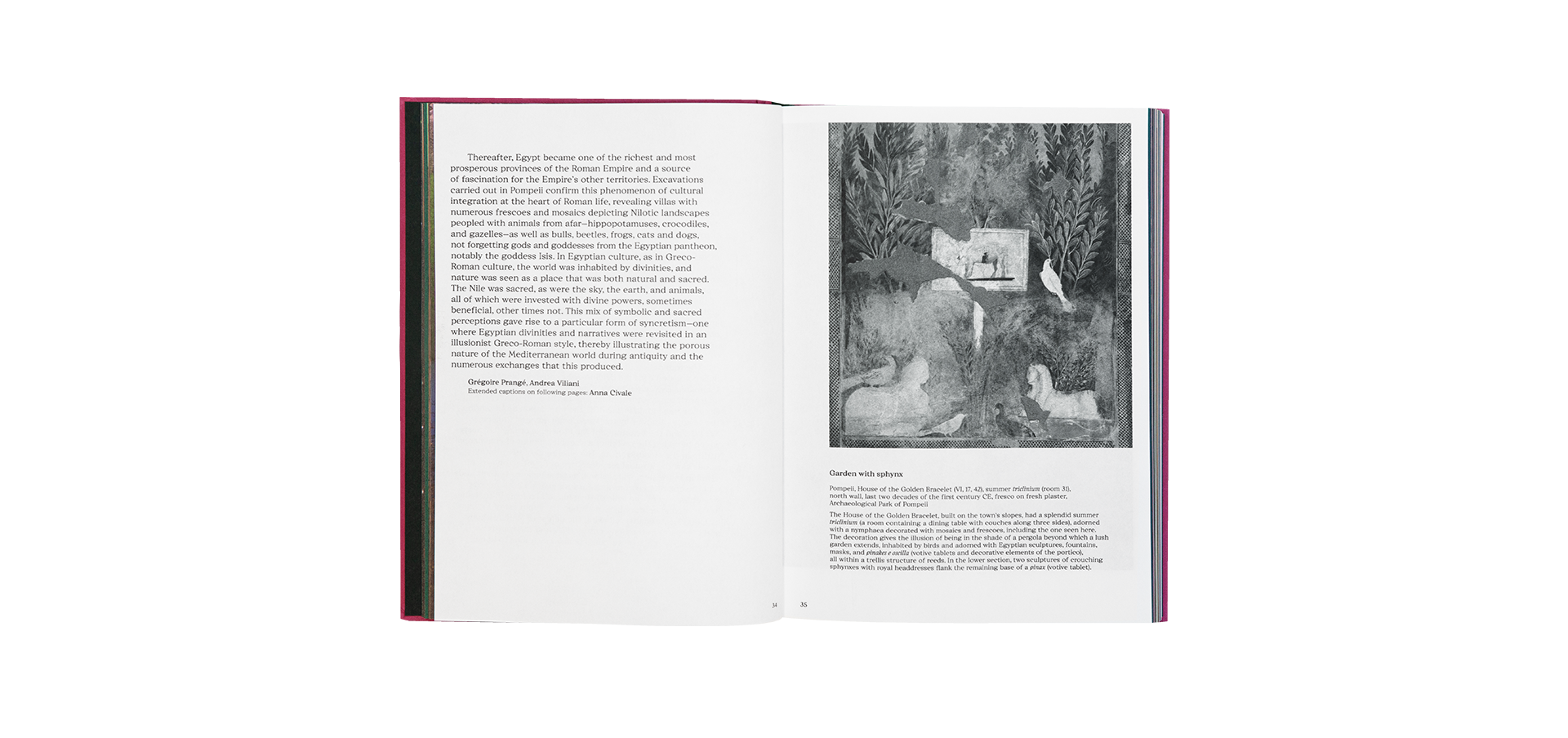

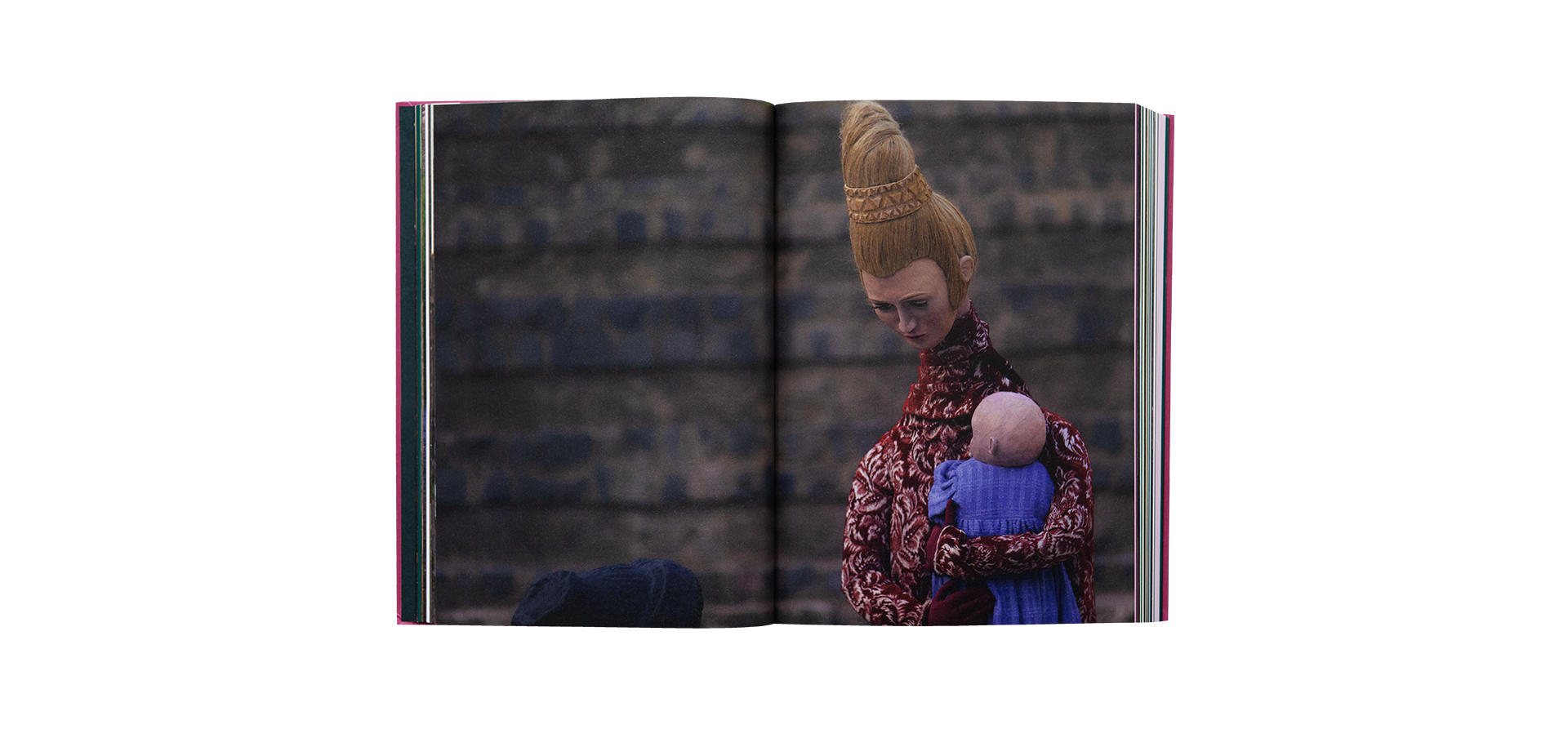

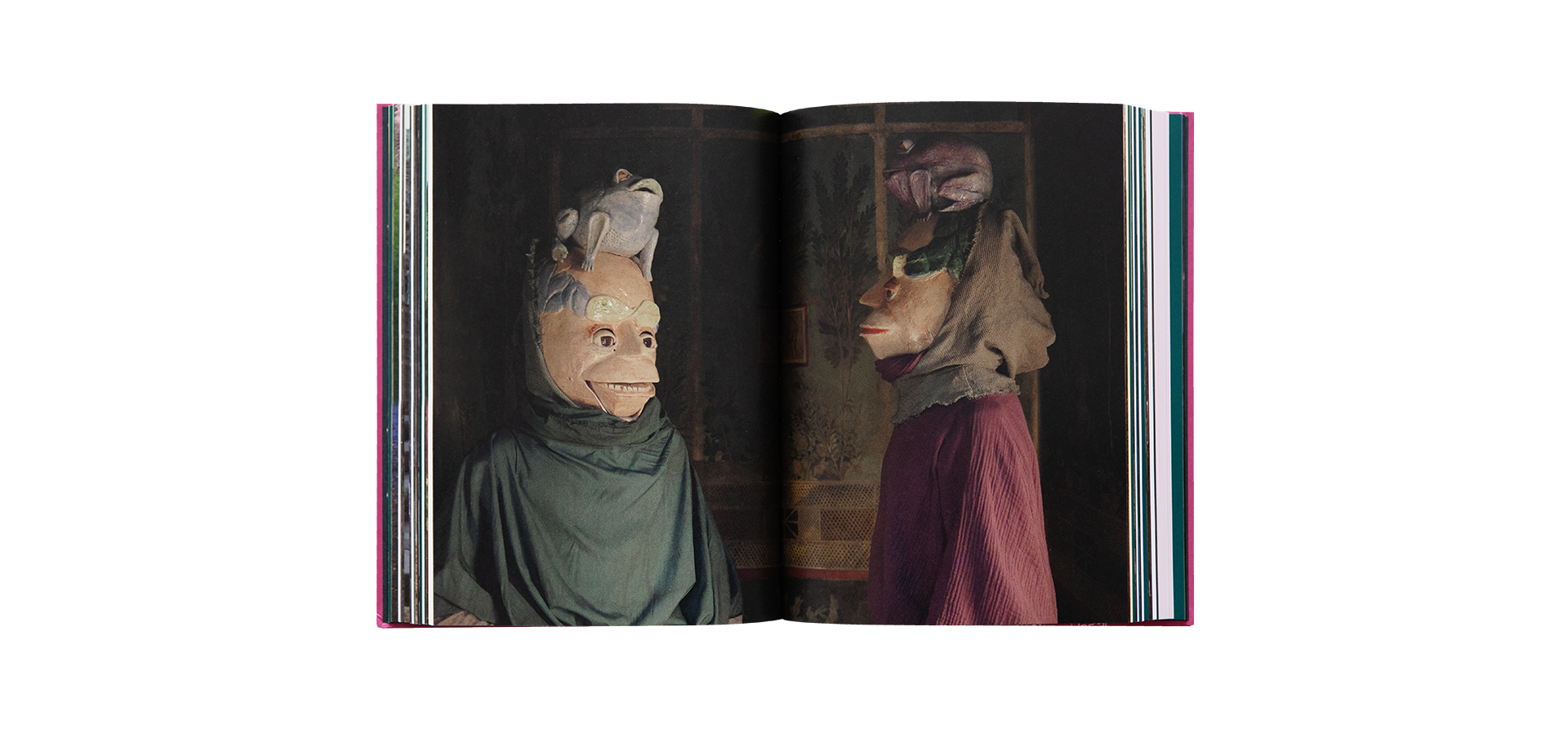
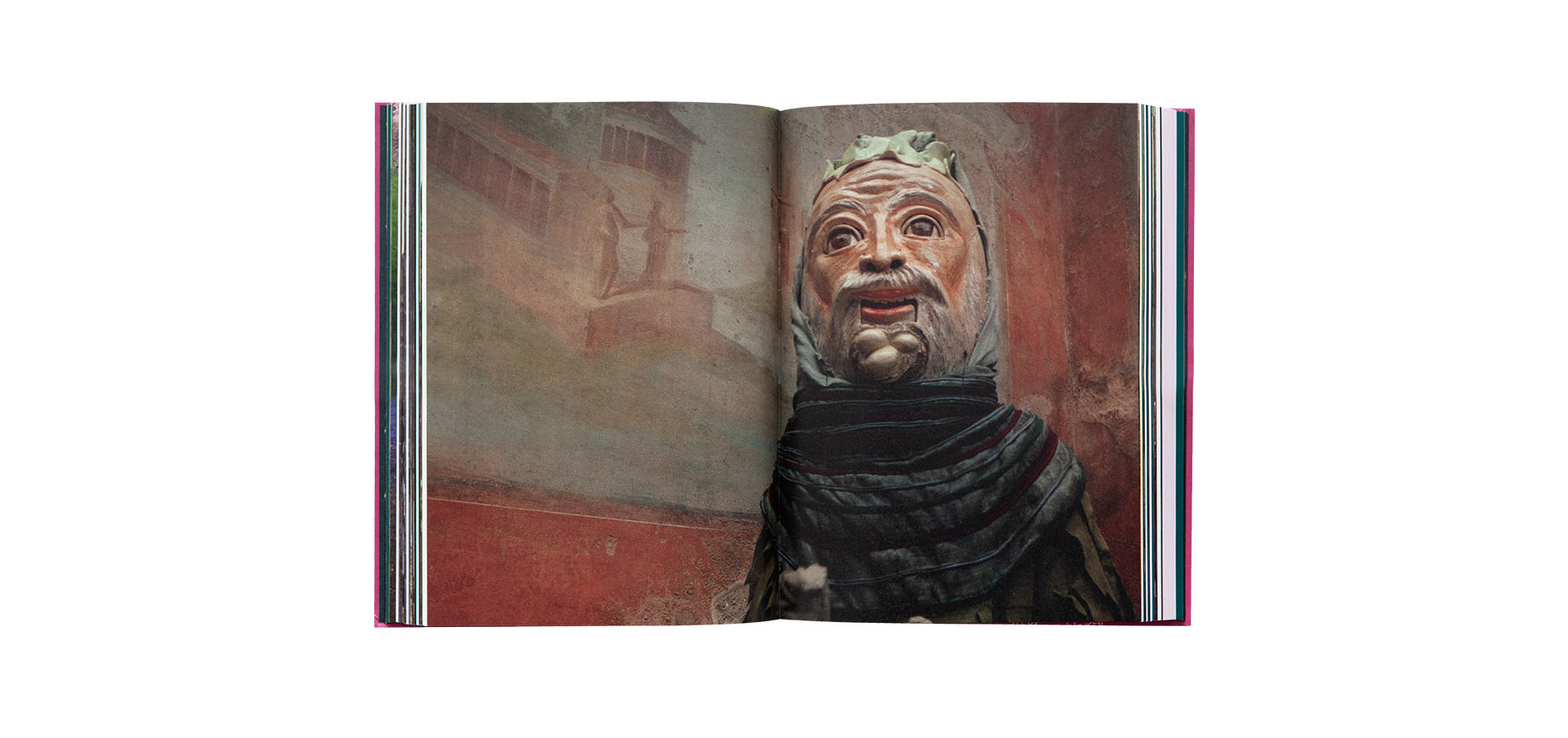
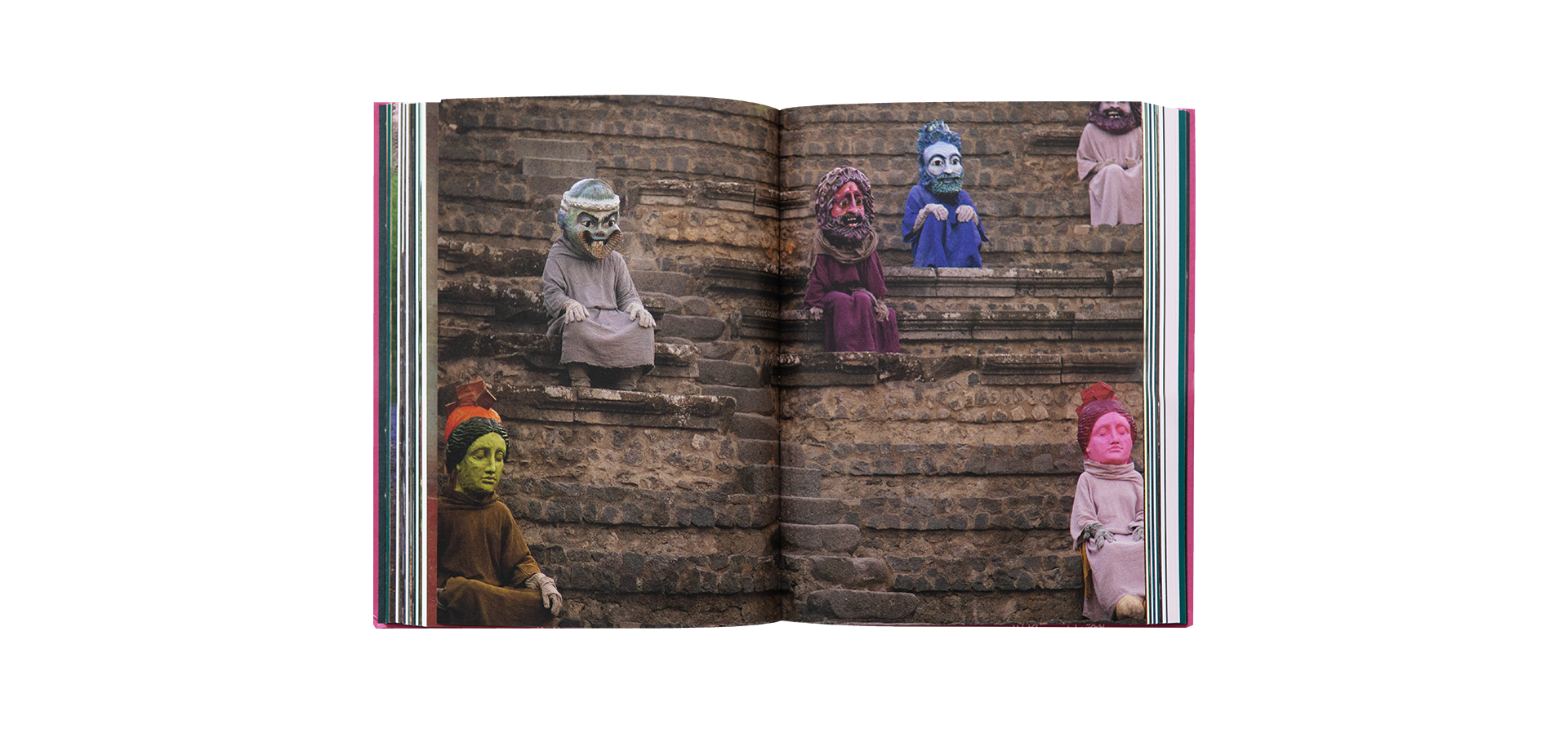
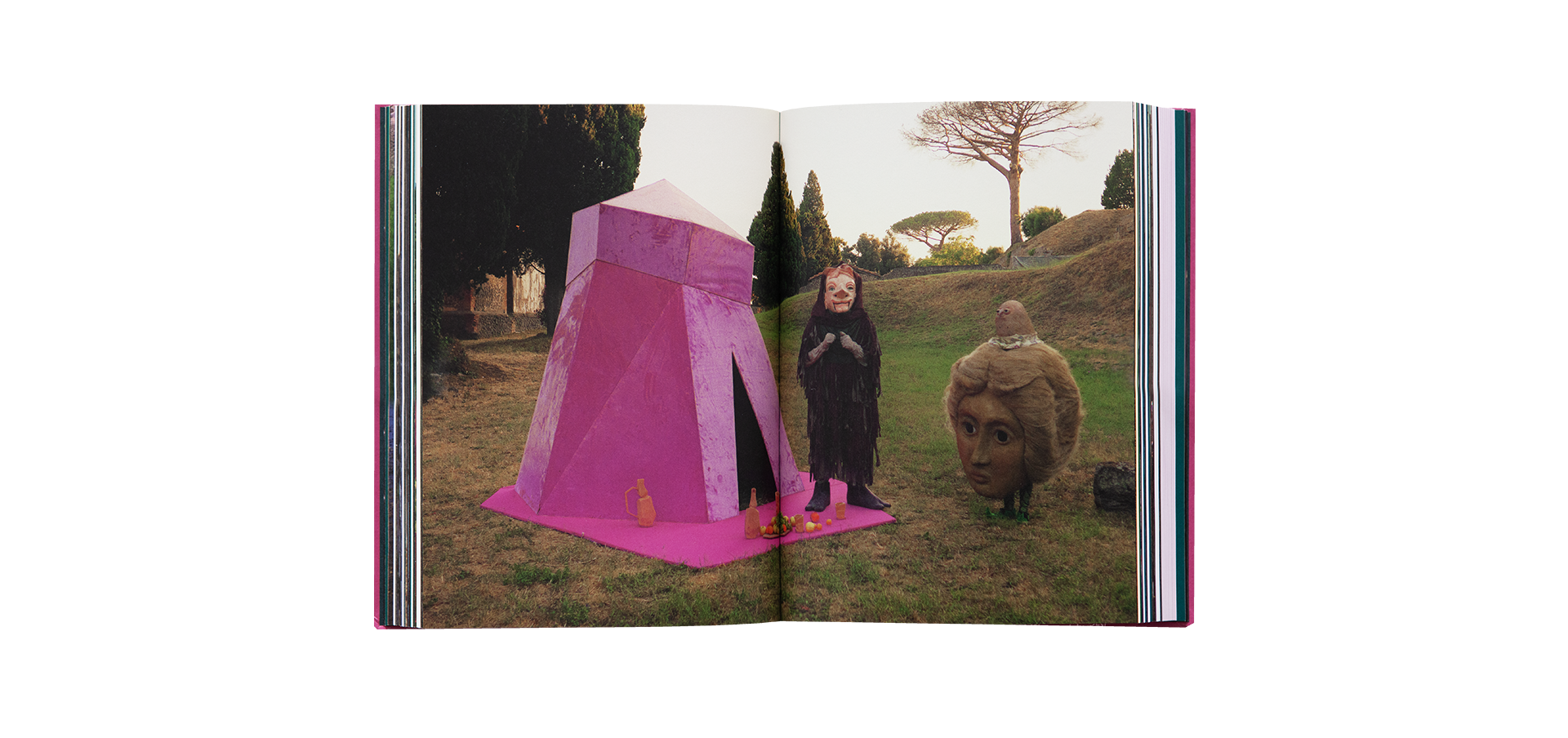
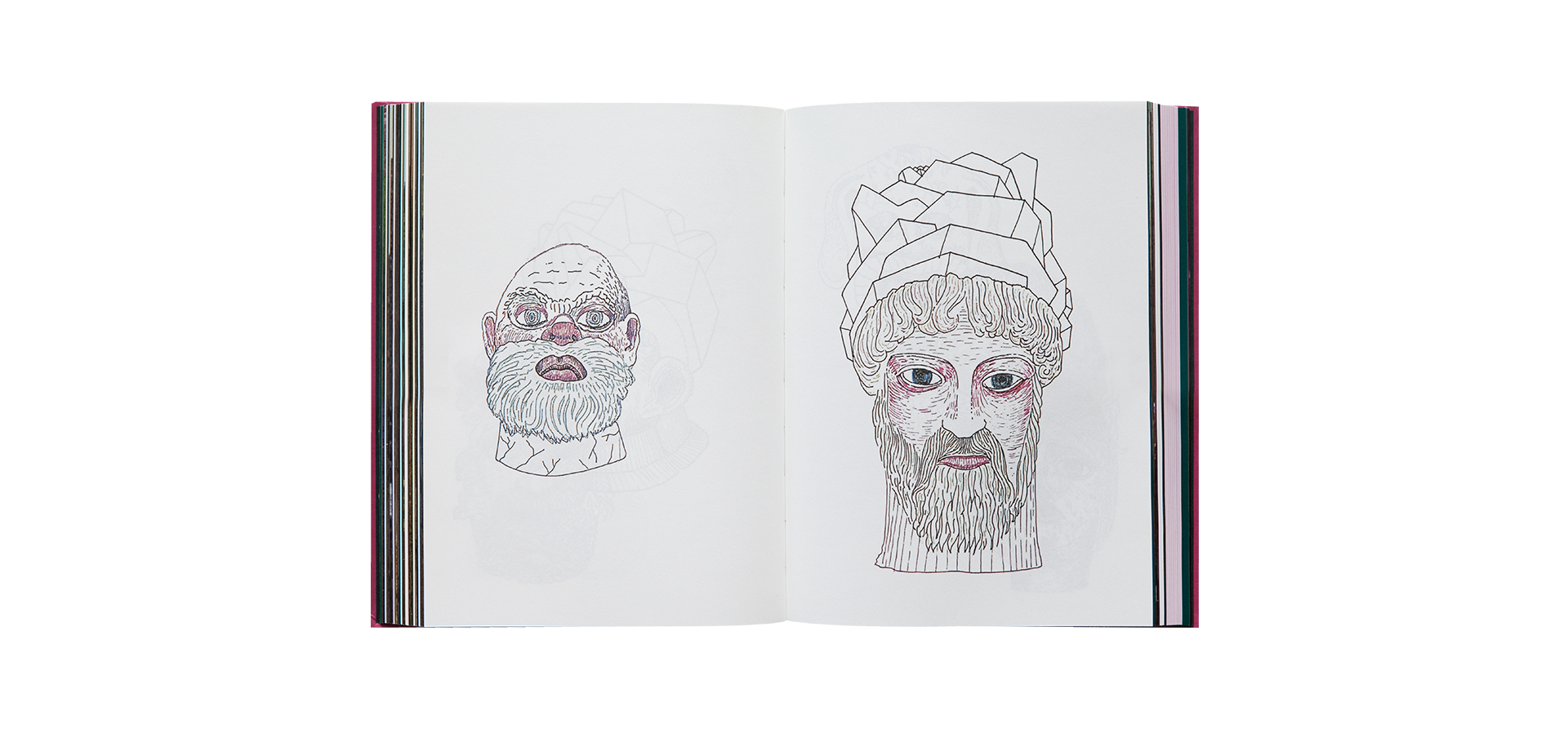
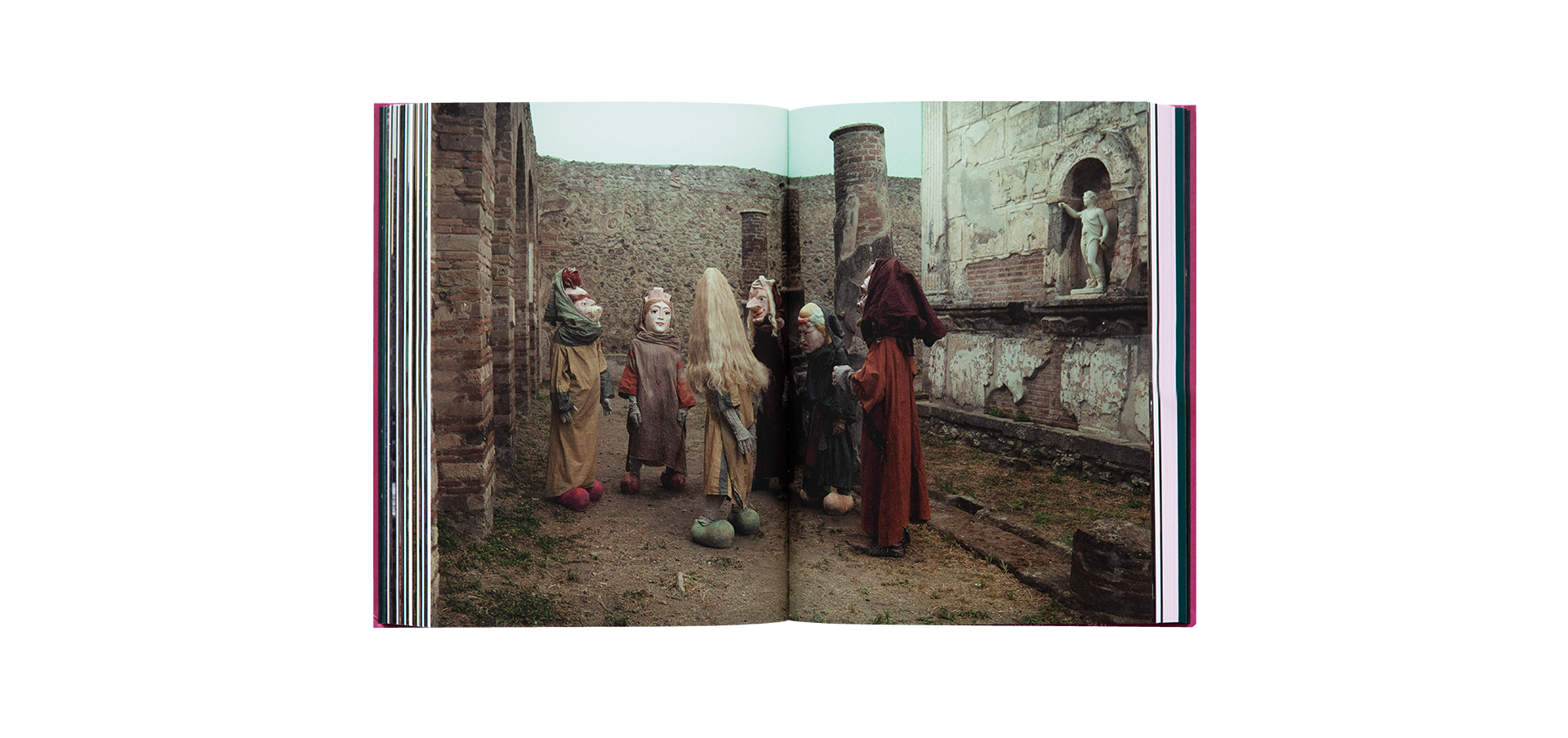

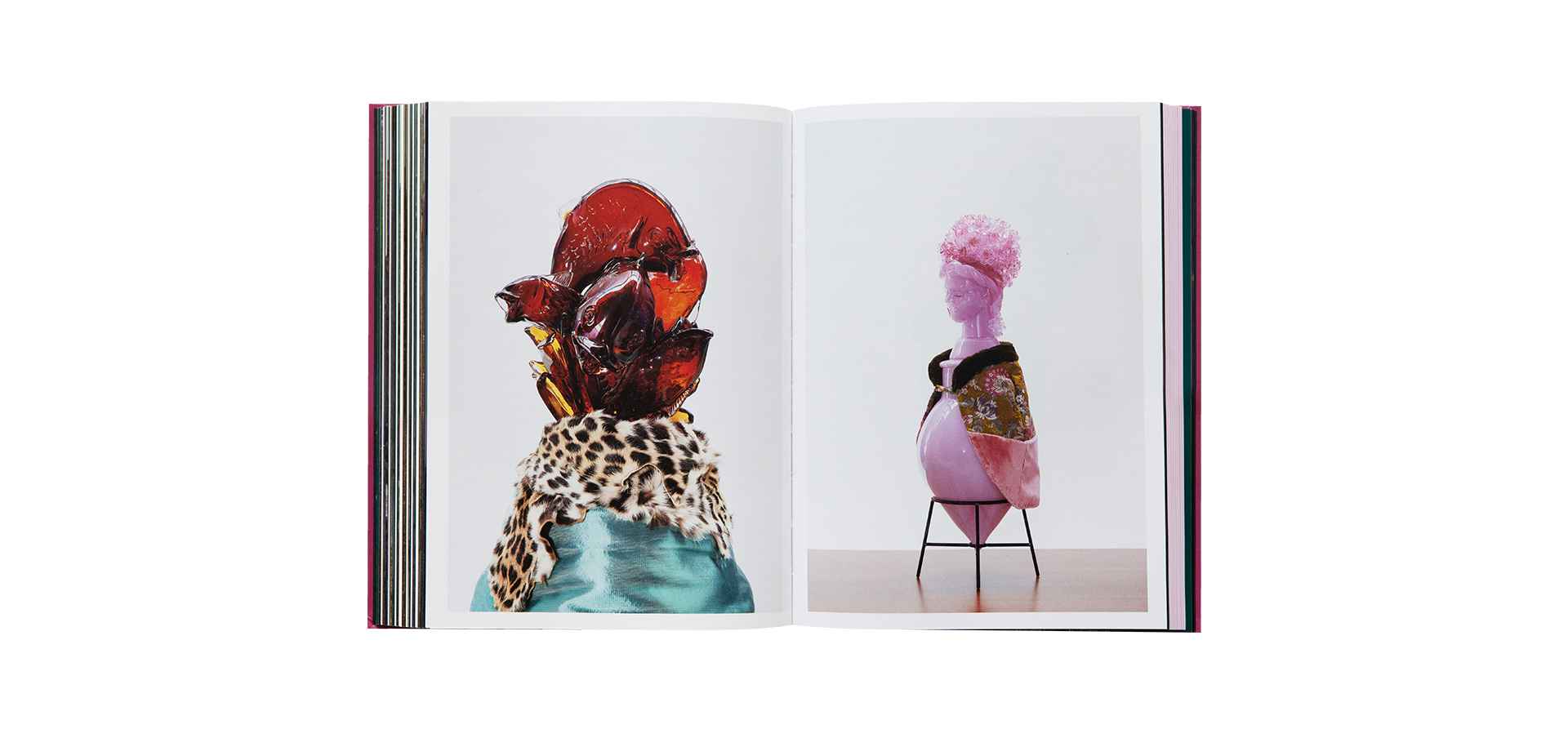

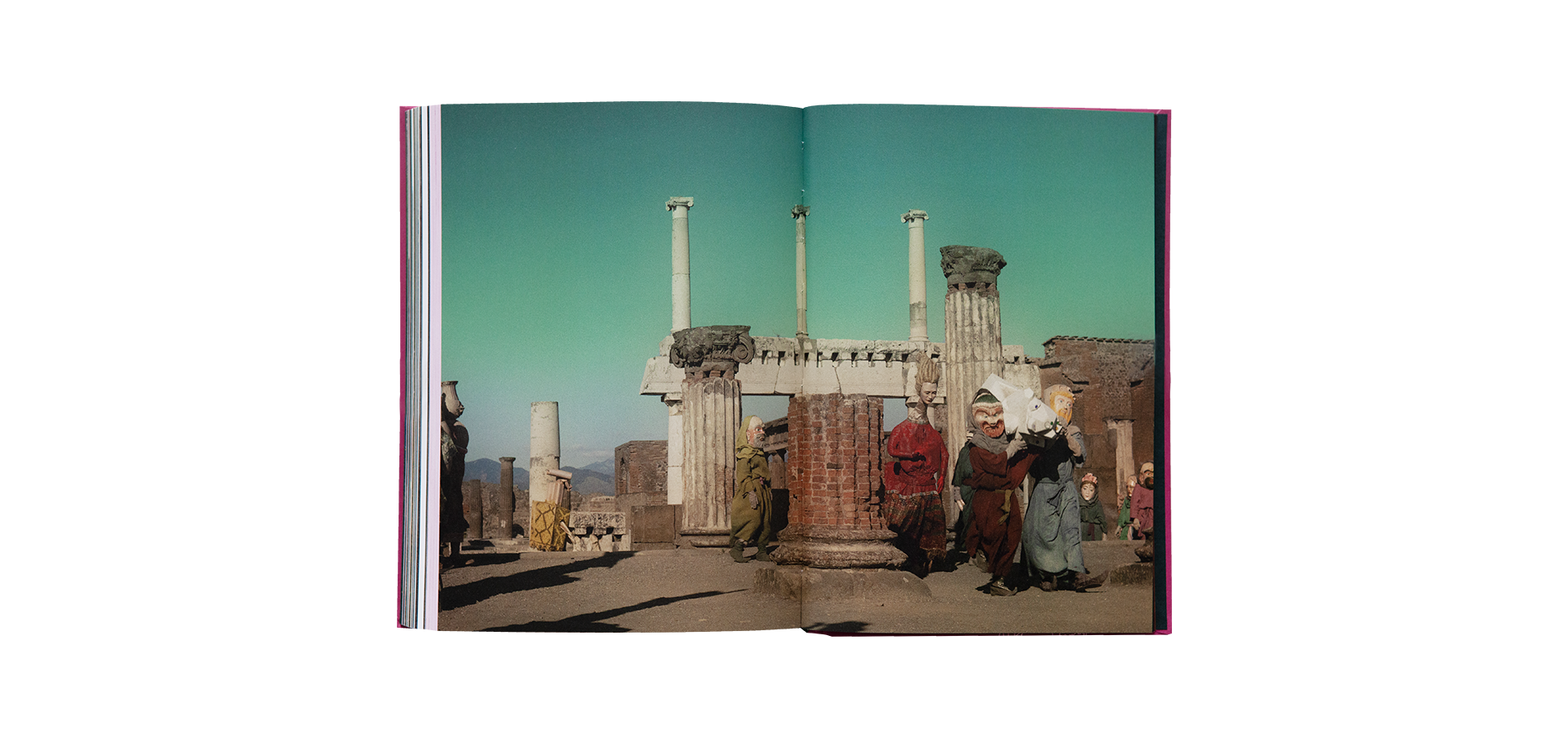
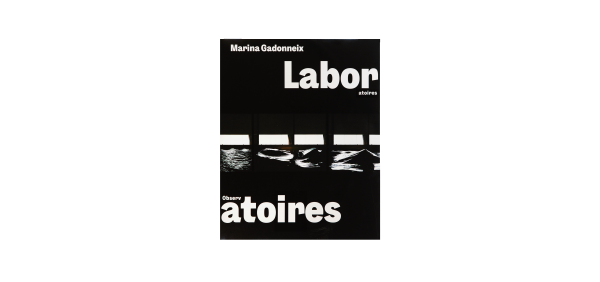
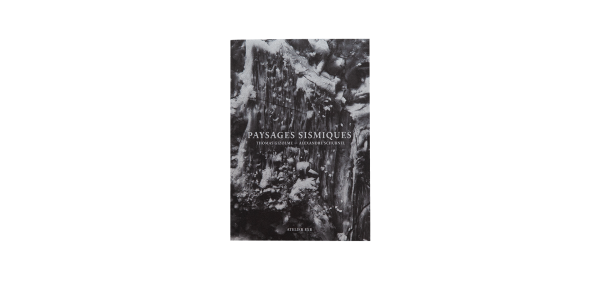
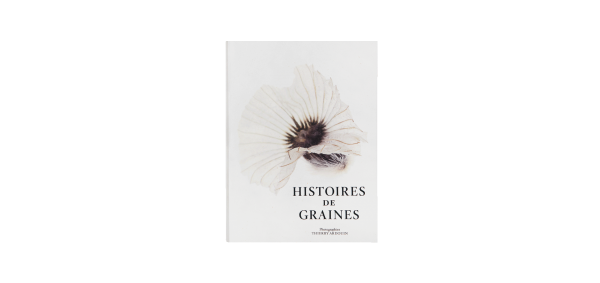
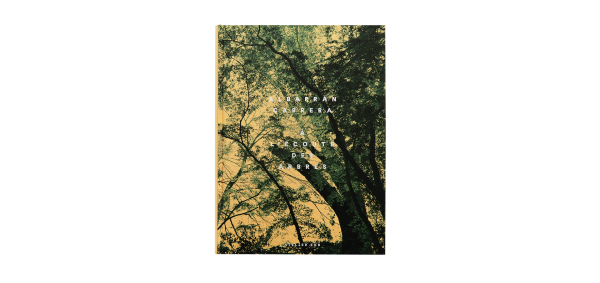
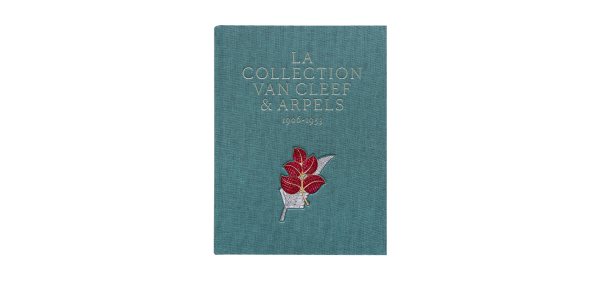
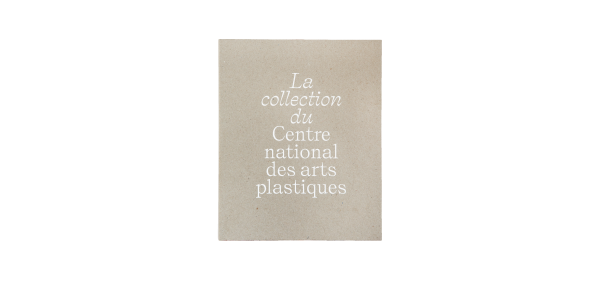
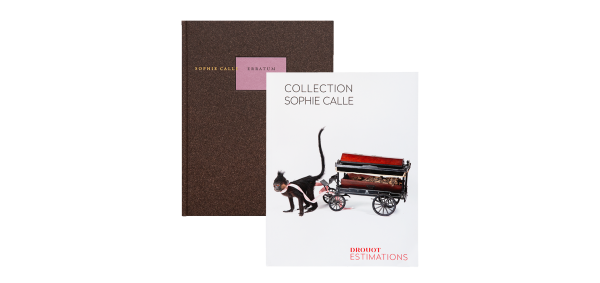
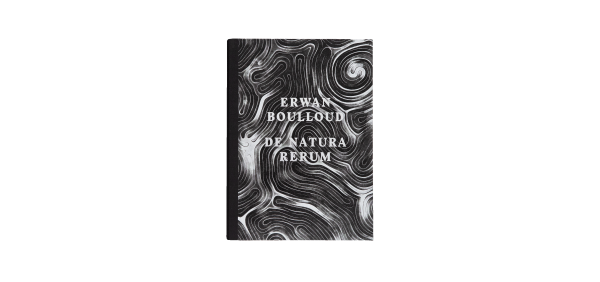
 see the whole catalog
see the whole catalog